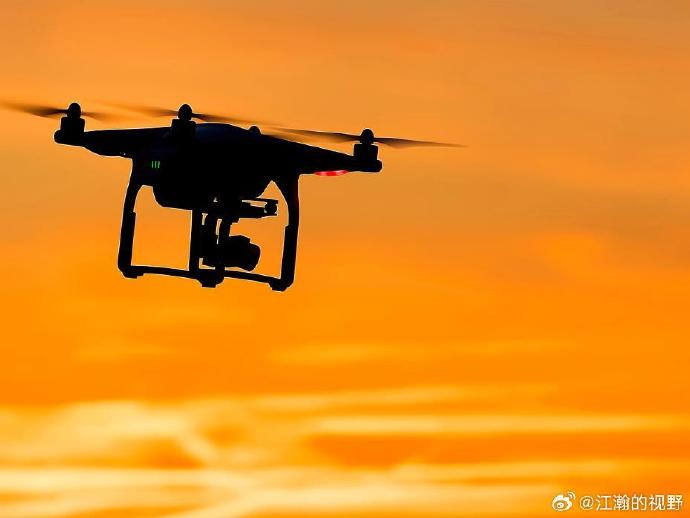Customizable Designs
One of the most significant advantages of 3D printable drones is the ability to customize designs effortlessly. Engineers and hobbyists alike can utilize 3D CAD models to modify drone components, ensuring specific features like lightweight frames or improved aerodynamics are incorporated. The flexibility offered by 3D printing enables endless experimentation and adjustments, allowing drones to meet precise mission requirements.
These tailor-made designs are particularly beneficial in scenarios where off-the-shelf models are inadequate. For instance, rescue operations in challenging terrains, scientific research in isolated areas, or even specialized delivery services can employ drones fine-tuned for optimum performance.
Cost-Effectiveness
 When it comes to production, 3D printable drone technology dramatically reduces costs. Traditional drone manufacturing often involves expensive materials and time-intensive processes. Conversely, 3D printing minimizes resource usage and shortens production times. This cost-effectiveness is especially attractive for startups and amateurs seeking to innovate without breaking the bank.
When it comes to production, 3D printable drone technology dramatically reduces costs. Traditional drone manufacturing often involves expensive materials and time-intensive processes. Conversely, 3D printing minimizes resource usage and shortens production times. This cost-effectiveness is especially attractive for startups and amateurs seeking to innovate without breaking the bank.
Enhanced Functionality
3D printed drones offer the ability to integrate advanced functionalities seamlessly. One can add payloads, sensors, and cameras specific to mission objectives. This modular approach ensures the drone can adapt to varied environmental conditions or operational needs without substantial redesigns.
Consider agricultural drones outfitted with sensors to assess crop health or drones with infrared cameras for wildlife conservation. With 3D printable technology, these capabilities can be integrated quickly, adapting the drone in response to changing requirements.
Environmental Impact
The environmental benefits of 3D printable drones are noteworthy. Traditional manufacturing processes can be wasteful and energy-intensive. However, 3D printing uses exactly the amount of material needed, reducing waste considerably.
In addition, local production minimizes transportation impacts, as parts can be printed on-site. This advantage is essential for organizations focused on sustainability and reducing their carbon footprint.
Challenges and Opportunities
Despite these advantages, 3D printable drone technology presents challenges that must be addressed. Durability is a concern, as printed materials may not match conventional standards under extreme conditions. Yet, advances in printing materials and techniques promise improvements.
Another challenge is the regulatory framework governing drone usage. As technology evolves, appropriate regulations must be in place to guide safe and ethical drone deployments. Recognizing these issues creates opportunities for innovators to contribute to developing robust solutions.
FAQs
What materials are used for 3D printing drones?
Typically, thermoplastics like PLA and ABS are common for 3D printing drones due to their strength and flexibility. As technology advances, more materials, including composites and biodegradable options, are being explored.
How do 3D printable drones benefit businesses?

They reduce costs, allow for rapid prototyping, and offer customization for specific mission requirements, enabling businesses to innovate efficiently.
Are 3D printable drones safe to use?
When properly designed and assembled, 3D printable drones are safe and effective. However, users must comply with local regulations and ensure their models are suitable for their intended applications.